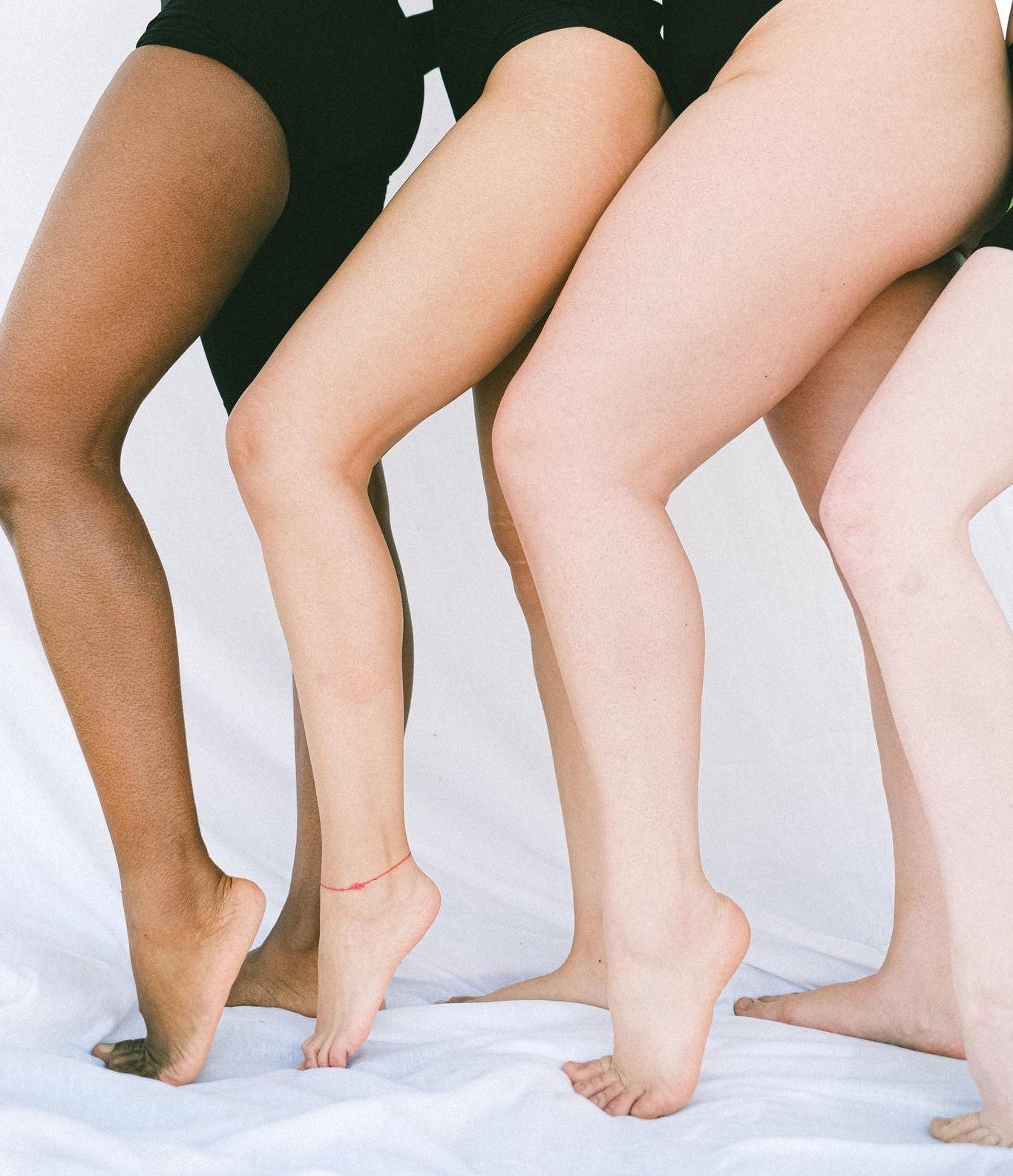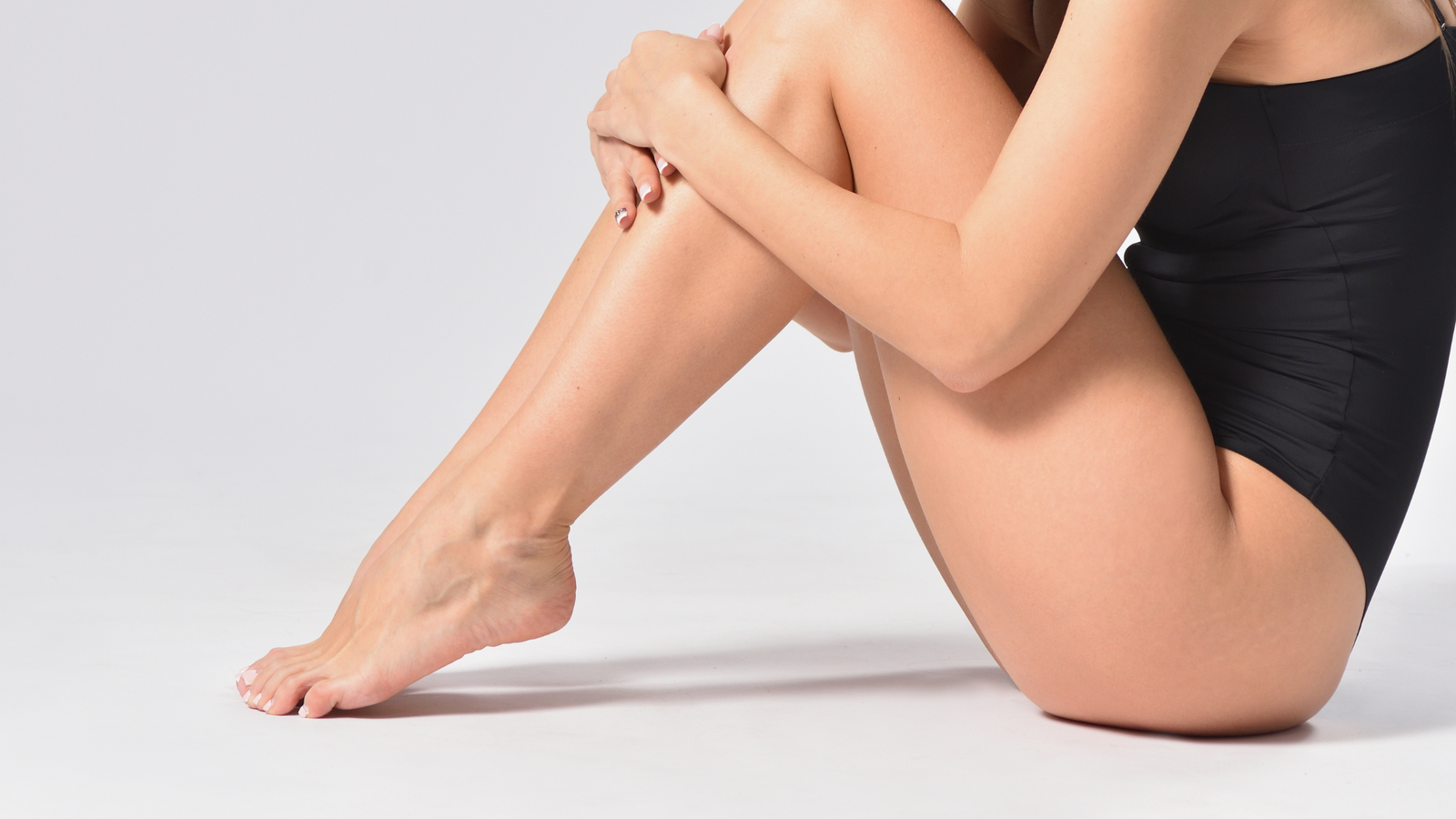
Folliculitis is a pretty common skin condition, but many people who experience it may not even know it! It’s often mistaken for acne vulgaris or general razor irritation, but folliculitis is in a category all its own - here’s what you should know.
What is Folliculitis?
Folliculitis can sound super scary, but all it is is an infection or inflammation of the hair follicle. That means it can show up anywhere you’ve got hair - yep, even your sweet spots. But whether it’s on your arms, legs, back, face, or bikini area, it looks a lot like an acne breakout with clusters of small red bumps or little white pimples sometimes accompanied by itching, burning, or tenderness.
What Causes Folliculitis?
There are two types of folliculitis: bacterial and fungal. Bacterial folliculitis is caused by bacteria (usually staphylococcus) and fungal folliculitis is caused by fungi/yeast (usually pityrosporum or malassezia). Bacterial folliculitis tends to look like white, pus-filled bumps that closely resemble whiteheads/pimples and itch. Fungal folliculitis (aka fungal acne) shows up as chronic red, itchy pustules.
Who Gets It?
Anyone can get folliculitis, but there are some risk factors that can make you more susceptible, including:
Hair removal
Whether you’re shaving or waxing, hair removal can damage the follicle and lead to folliculitis, which you might already know as infected ingrown hairs, barber’s itch, or razor bumps.
Constrictive clothing
Yeast and bacteria thrive in warm, moist environments so those comfy yoga pants could actually lead to overgrowth and ultimately, uncomfortable skin conditions like folliculitis. After a workout or swimming, be sure to change into looser clothing as soon as you can and use a gentle cleanser to remove impurities like sweat.
Curly hair
Since curly hair is more prone to grow in on itself, anyone with thick or curly hair is already at a higher risk for ingrown hair. If those ingrowns are exposed to bacteria or fungi (like the kind hanging out on your razor), folliculitis isn’t far behind.
Soaking in a hot tub or pool that’s not well-maintained
We love a good swim or soak, but if the water isn’t being cleaned regularly, it could be a hot bed for infection. Hot tub rash is a type of bacterial folliculitis that looks like a patch of red, round itchy bumps that show up a few days after exposure.
Acne or dermatitis-prone skin
If you’ve been struggling with acne but can’t quite seem to kick it, it may be fungal folliculitis. There’s a whole host of ingredients found in conventional personal care products that could be making the situation worse. Check out this fungal acne ingredient checker to see if there’s something in your favorite products that’s triggering the issue.
Long-term use of antibiotics
If you’ve been taking antibiotics, it’s not uncommon to experience folliculitis or yeast infections afterward. Antibacterials can disrupt the delicate balance of your body’s microbiome, allowing yeast and other fungi to flourish.
Folliculitis Treatment
If you're prone to folliculitis or other bumps, get your hands on Bikini & Body Bump Eraser. It's made with four powerful actives to help clear bumps fast. But unlike some spot treatments, it's made without common yeast food sources that can make things worse!
Certain “star” ingredients in skincare and personal care products may actually be the culprit behind recurring folliculitis. Malassezia yeasts are lipophilic, which means they love fat, and they use the oil produced by our sebaceous glands as their main energy source. So ingredients like ceramides and fatty acids - which are great for dry skin - are not great for anyone prone to folliculitis. These rich moisturizers can trigger a yeast feeding frenzy, leading to overgrowth.
Microbiome Balancing Cleanser is the only body wash of its kind formulated without known Malassezia yeast triggers to keep skin in a balanced state of wellness. This, together with natural ingredients known for their antibacterial properties, prebiotics, and antimicrobial peptides balance skin flora and help prevent bacterial and fungal overgrowth.
For more information on Microbiome Balancing Cleanser and how it supports folliculitis-prone skin, click here.



